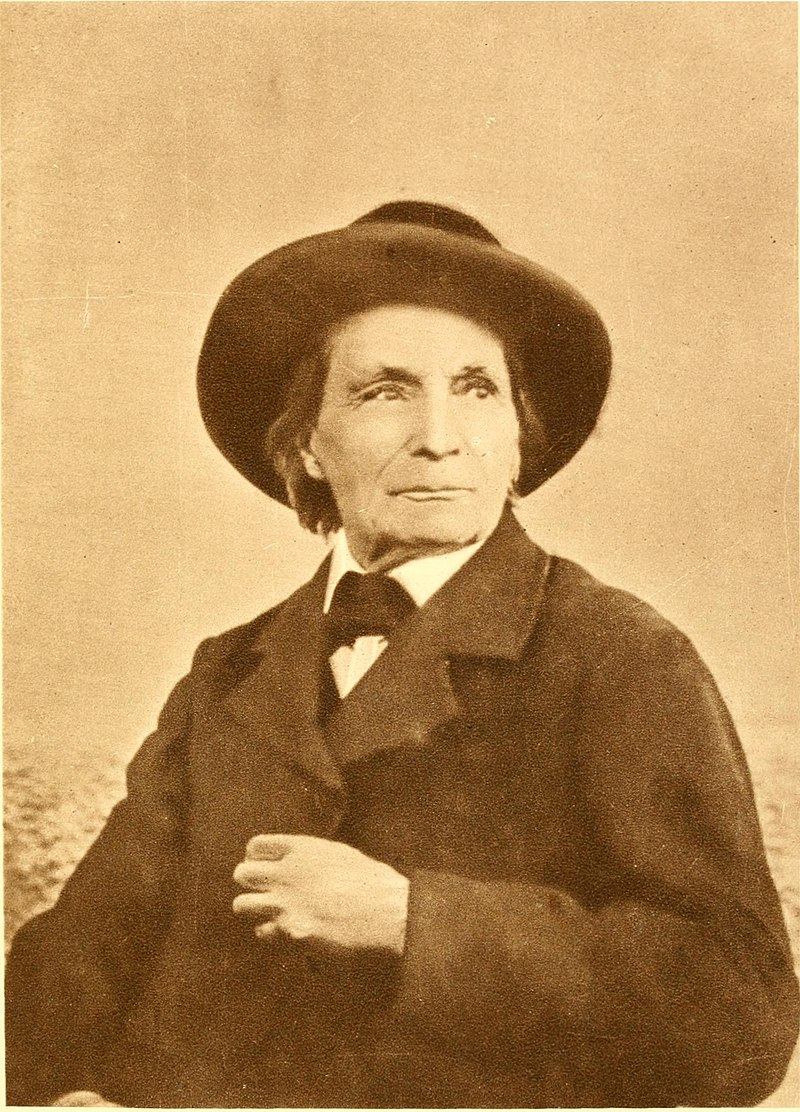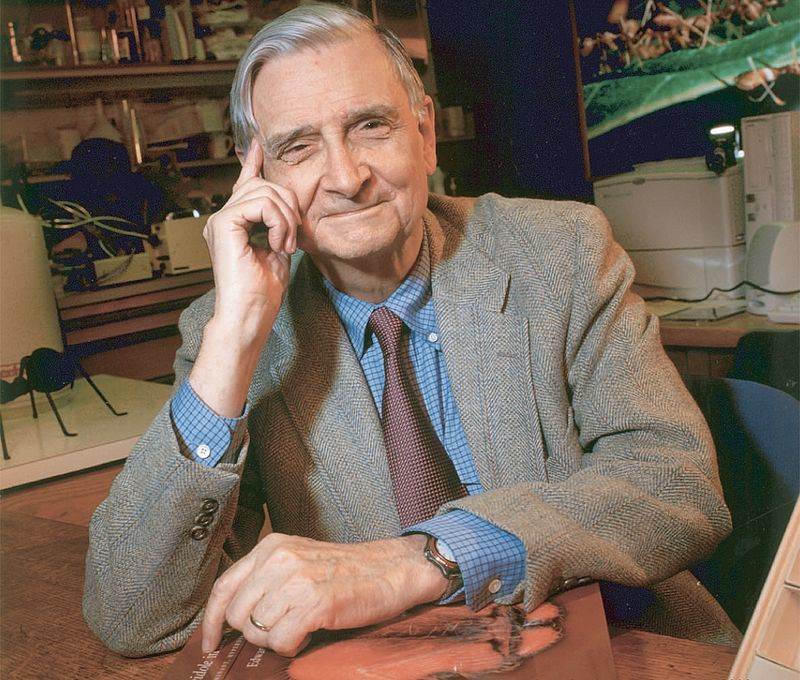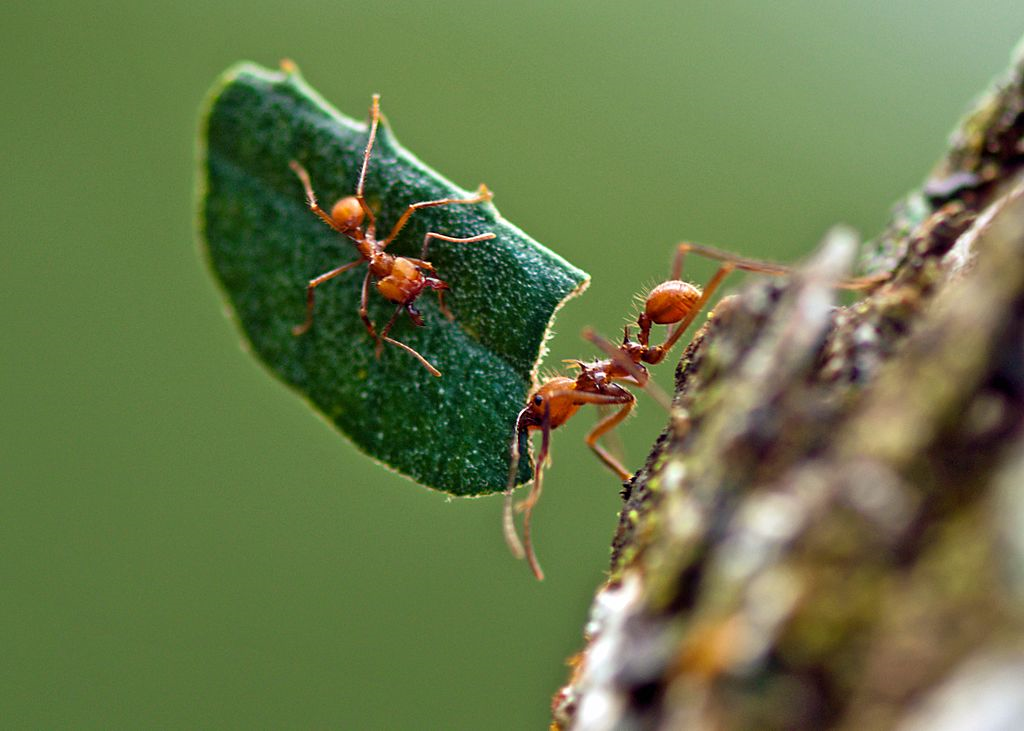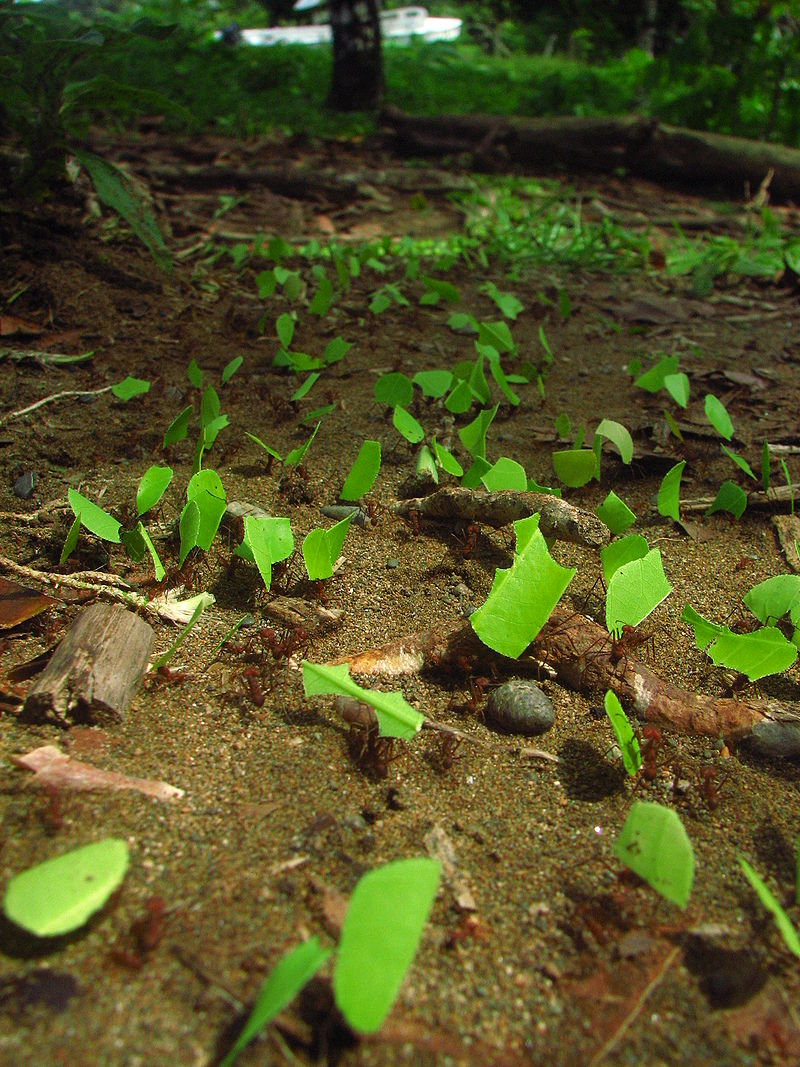Chemical Communication
Today, the invisible language of insects. The University of Houston presents this series about the machines that make our civilization run, and the people whose ingenuity created them.
The secret of chemical communication was discovered by accident. In the 1870s, French naturalist Jean-Henri Fabre captured a female moth and kept it alive in a small enclosure in his home in southern France. Fabre was stunned to soon find his house filled with other moths that had flown in through a window.
The moths were all members of the same species, and Fabre recognized that the new arrivals were all males. To figure out what was attracting the male moths, Fabre conducted a clever experiment. He kept a female moth in a wire mesh container overnight, then moved her to a glass container the next day. The male moths swarmed around the container where the female had been while completely ignoring the container where she was clearly visible. Fabre concluded that some kind of chemical was attracting the male moths.

Jean-Henri Fabre
Photo Credit: Wikipedia.
Fabre's idea that moths use chemicals to find their mates remained unproven until 1959 when a German biochemist isolated a substance called bombykol from female silkworm moths. He showed that the chemical alone caused male moths to perform a flutter dance--a rapid flapping of their wings that advertises their interest in mating. Fabre's theory was finally accepted and the chemicals whose existence he had inferred were given a name: pheromones.
Unlike hormones, which act within the body, pheromones are chemicals released by one organism that have an effect on another. Soon, pheromones were discovered that affect a wide range of behaviors.
An American naturalist named Edward Osborne Wilson discovered several pheromones used by ants. As a child in Alabama, Wilson had hoped to study birds, but a fishing accident left him blind in one eye. Ants were common around his home and he could observe them up close with his limited vision. Wilson's studies of ants would eventually lead to a career as a Harvard professor and two-time Pulitzer prize-winning author.

Edward Osborne Wilson
Photo Credit: Wikipedia.
Wilson found that some ants mark their path with pheromones to help foraging workers take the shortest path from their nest to a source of food. Ants follow the path with the strongest pheromone trail, which ends up being the shortest path because more worker ants will have traveled along it over a given amount of time causing it to accumulate the most pheromones.

Hitchiking leafcutter ant
Photo Credit: Wikipedia.
This simple but effective way to find the shortest route between places has been used to solve human problems, too. A class of computer programs called Ant Colony Optimization was developed in the 1990s that uses virtual ants and pheromones to compare different possible routes between destinations. Ant Colony Optimization programs are now used to calculate the fastest delivery routes.
So the next time you get a package delivered at home, you can thank insects and the clever researchers who deciphered their chemical language for helping it arrive more quickly.
I'm Scott Solomon, for the University of Houston, and interested in the way inventive minds work.

Leafcutter ants transporting leaves
Photo Credit: Wikipedia.
Agosta, W. C. (1992). Chemical communication: the language of pheromones. Henry Holt and Company.
http://www.chm.bris.ac.uk/motm/bombykol/bombykolh.htm.
Wilson, E. O. (2006). Naturalist. Island Press.
https://www.youtube.com/watch?v=5HKl8Luuotw.
http://www.scholarpedia.org/article/Ant_colony_optimization.
This episode was first aired on June 15, 2021